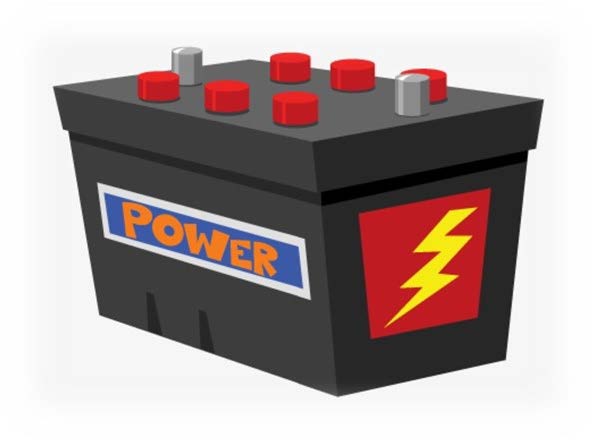Dave!
Hope you enjoyed your vacation? Did you go anywhere fun? Did you find anything that interested you, or your family?
Hey, I need some help, please? I just bought a low profile “sliding” battery disconnect, which will mount to the negative terminal of my antique car’s battery (6v). It seems apparent to me that when the switch is “open” (slide not making contact with the receptor) the battery will be disconnected from the circuit and the car will not start…which is great! Obviously, when the switch “closes” the circuit, juice will again flow, and the car will be able to start – Great!
My question is what about when I “trickle charge” my battery between tours, or while in semi active storage…Is the circuit to be closed with slide making contact? or open & slide making no contact?

Thanks, I wanna avoid fires, problems, while still ensuring that the battery is fully charged. Maybe its easier and safer to remove the disconnect apparatus entirely, and then charge the battery as normal?
Chris Chartier, Ascutney, VT
Chris, good questions! A battery disconnect is a great idea. Many older cars have wiring that is not fused. This, coupled with old lacquer braided wiring is a recipe for disaster.
Cars should have the battery disconnected when in storage, for safety. There are many battery disconnect switches. I have seen many of the cheaper ones fail. Ideally you want to be able to disconnect the battery from the drivers seat, in the event of a short while driving.
With conventional lead acid batteries it is a great idea to have the battery hooked up to a battery tender while the vehicle is in storage. Conventional batteries lose about 1-2% of their charge every day.
If the battery is a gel cell or AGM battery, the best thing to do is leave the battery disconnected. These batteries lose a minimal amount of power while in storage.











